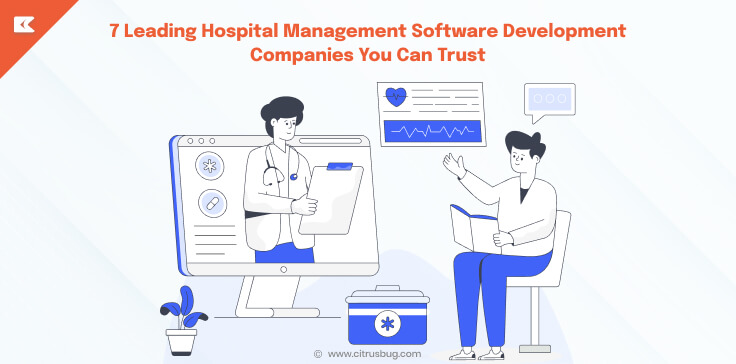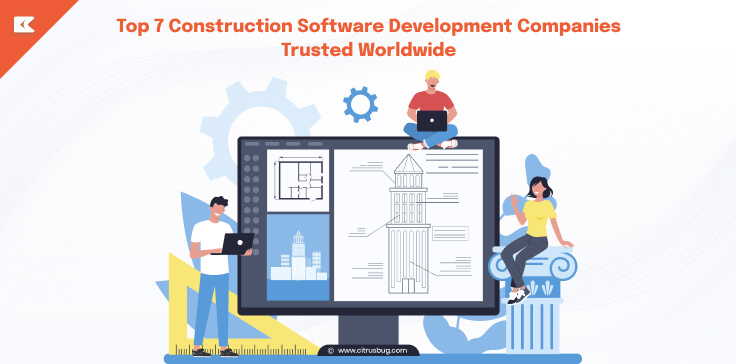SaaS vs PaaS vs IaaS – Definition, Differences, and Examples
- November 10, 2021
-
2544 Views
- by Ishan Vyas
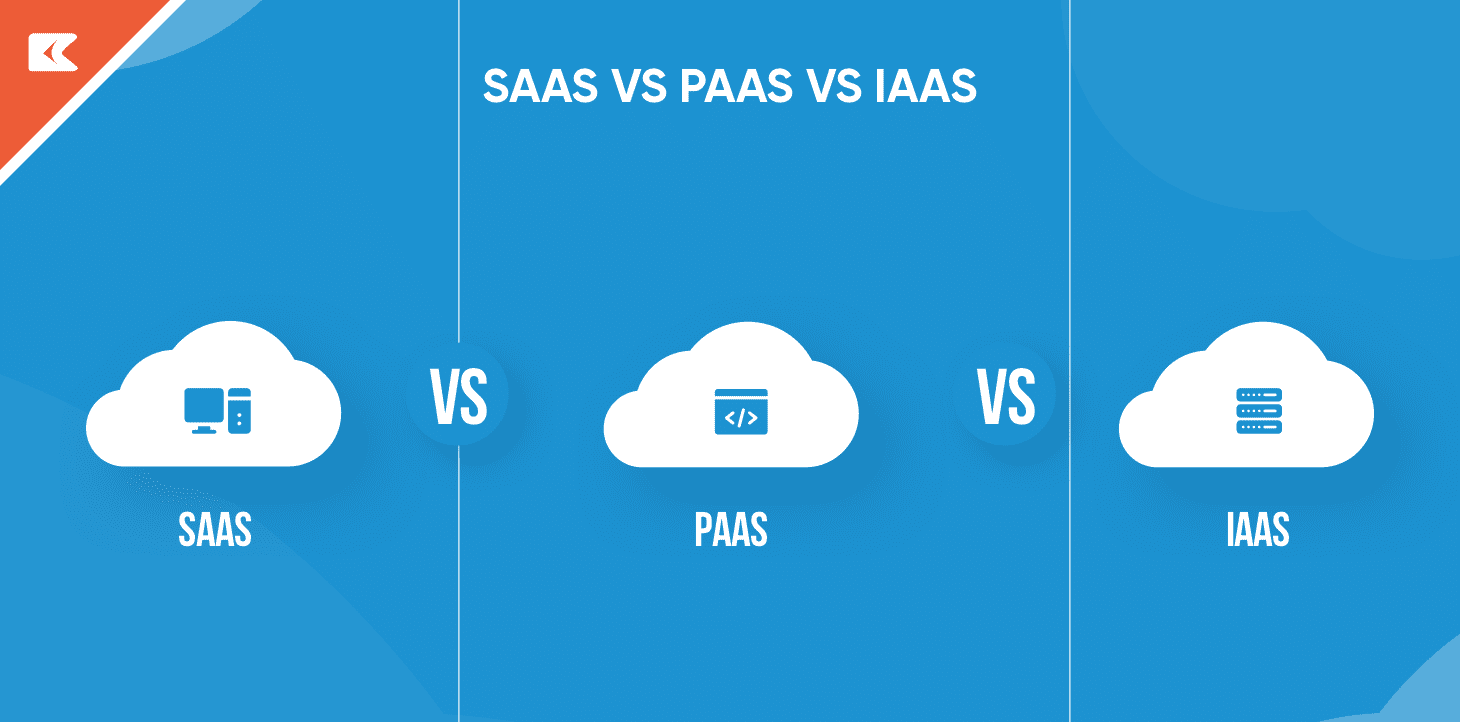
The Rise of Cloud-based Services
The demand of cloud-based services has seen enormous growth over recent years with the global public cloud computing market expected to cross the 300 billion mark in 2020 itself. Having access to data from any part of the world remains the top reason for companies to pivot to cloud services.
Some interesting Statistics of Cloud-computing
- Cloud infrastructure spending has exceeded the 80 billion mark in 2018
- Hybrid Cloud-adoption is 58%
- Cloud data centers are projected to process 94% of workloads in 2021
- AWS (Amazon Web services) is the top cloud vendor with around 32% market share
As-a-service types have risen a lot with SaaS (Software as a service) being the hottest trend that has accounted for the majority of share. However, there have been two other terms which have garnered the attention – IaaS (Infrastructure as a Service) and PaaS (Product as a Service).
People often get confused between these terms and in this article, we’ll thoroughly explain the differences between all 3 of them (SaaS vs PaaS vs IaaS) along with the definitions, examples and when to use each of them.
Let’s first get started with the definition and understanding of – SaaS vs PaaS vs IaaS
SaaS
Software-as-a-Service is the most popular cloud service which is also known as cloud application services. Utilizing the internet, it is managed by a third-party operator who is responsible for all the licenses and updates. The users just have to pay the subscription charges. SaaS apps do not consume any of your computer or hard drive space as they can be directly accessed through web browsers.
PaaS
Platform as a service, also referred to as cloud platform services provide a platform to customers for developing, running and managing the applications. It helps them to create custom applications without worrying about the servers and networking which is done by the third-party platform providers.
The only major difference between SaaS and PaaS is that – SaaS provides access to the software over the internet while PaaS provides a platform for software development.
IaaS
Infrastructure as a service, also known as cloud infrastructure services are the best alternative to buying physical servers. Companies can now just offload this to IaaS firms that offer on-demand resources.
Hence, unlike SaaS and PaaS, IaaS is a whole virtualization technology where clients have access to the whole infrastructure through an API or dashboard.
Pros & Cons of SaaS vs PaaS vs IaaS
SaaS Advantages
- Users do not have to worry about software or hardware updates and maintenance as well
- Accessible to users across any part of the world
- Doesn’t require storage space for installation
- Try and Use (most of the companies offer free-trial)
SaaS Disadvantages
- Inability to customize according to your requirements
- Data Security which still remains the biggest pitfall of cloud services
- Performance and features – You might not like the new version or update and you cannot do anything about it
PaaS Advantages
- Robust, Scalable and Cost-effective solution for application development
- Enables programmers to customize without worrying about maintenance
- Offers vast services to help in the development, testing and deployment of apps.
- Ease of migration to Hybrid cloud
PaaS Disadvantages
- Again, Data security as it resides in third-party
- PaaS might not be available for your choice of frameworks and technology
- Migration – switching to another PaaS may not be seamless and can affect your business.
IaaS Advantages
- Users have complete control of the infrastructure
- Users can purchase the hardware/resources as needed
- Multiple users on a single hardware.
- It is indeed the most flexible and scalable cloud computing service
IaaS Disadvantages
- Yet again – Security. While the users have full control over the infrastructure but cybersecurity specialists have still raised the concerns of source host or virtual machines (VMs)
- Steep learning curve- Companies need to train their workforce in order to effectively manage the infrastructure.
When to use SaaS?
As said, SaaS eliminates the need of downloading the software on each and every employee’s system. As it can be accessed from any part of the world and purchased on subscription bases, companies can opt for any ready-made SaaS application and omit themselves from creating a custom software which might be a tedious task that can burn their pockets deep.
Popular SaaS Examples
When to use PaaS?
This cloud service can be really advantageous in situations when companies want to develop bespoke applications as it streamlines the workflow allowing a number of programmers to work on the same project. Furthermore, it can be cost-effective oftentimes and speeds up the process.
Popular PaaS Examples
When to use IaaS?
Infrastructure as a service is the most scalable and flexible cloud service and will be suitable for both small and big businesses as it can be purchased based on requirements. And companies experiencing rapid growth can also take the benefit to save themselves from creating large software or hardware.
Popular IaaS Examples
Wrapping Up
So, we’ve listed some of the major differences, advantages and examples of all the three popular cloud services i.e SaaS, PaaS and IaaS. We also explained which type of companies are suitable to use these services and depending upon your needs, you can choose the apt solution accordingly. With data security being the only substantial hurdle in cloud computing services, it’s still projected to grow tremendously. And investing in this cloud computing industry will definitely won’t go in vain.
If you’re planning to set up a cloud business model, reach out to Citrusbug for a free consultation regarding the development process, technology stack and a complete road-map.



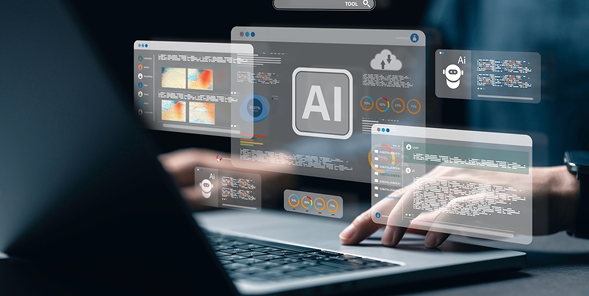

 SaaS Development
SaaS Development Web Application Development
Web Application Development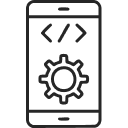 Mobile Application Development
Mobile Application Development Custom Software Development
Custom Software Development Cloud Development
Cloud Development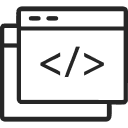 DevOps Development
DevOps Development MVP Development
MVP Development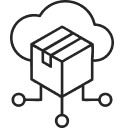 Digital Product Development
Digital Product Development Hire Chatbot Developers
Hire Chatbot Developers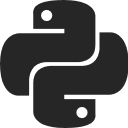 Hire Python Developers
Hire Python Developers Hire Django Developers
Hire Django Developers Hire ReactJS Developers
Hire ReactJS Developers Hire AngularJS Developers
Hire AngularJS Developers Hire VueJS Developers
Hire VueJS Developers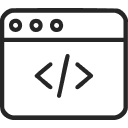 Hire Full Stack Developers
Hire Full Stack Developers Hire Back End Developers
Hire Back End Developers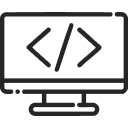 Hire Front End Developers
Hire Front End Developers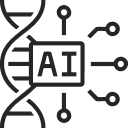 AI Healthcare Software Development & Consulting
AI Healthcare Software Development & Consulting Healthcare App Development
Healthcare App Development EHR Software Development
EHR Software Development Healthcare AI Chatbot Development
Healthcare AI Chatbot Development Telemedicine App Development Company
Telemedicine App Development Company Medical Billing Software Development
Medical Billing Software Development Fitness App Development
Fitness App Development RPM Software Development
RPM Software Development Medicine Delivery App Development
Medicine Delivery App Development Medical Device Software Development
Medical Device Software Development Patient Engagement Software Solutions
Patient Engagement Software Solutions Mental Health App Development
Mental Health App Development Healthcare IT Consulting
Healthcare IT Consulting Healthcare CRM Software Development
Healthcare CRM Software Development Healthcare IT Managed Services
Healthcare IT Managed Services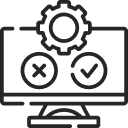 Healthcare Software Testing services
Healthcare Software Testing services Medical Practice Management Software
Medical Practice Management Software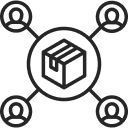 Outsourcing Healthcare IT Services
Outsourcing Healthcare IT Services IoT Solutions for Healthcare
IoT Solutions for Healthcare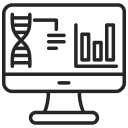 Medical Image Analysis Software Development Services
Medical Image Analysis Software Development Services Lending Software Development Services
Lending Software Development Services Payment Gateway Software Development
Payment Gateway Software Development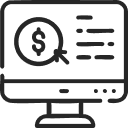 Accounting Software Development
Accounting Software Development AI-Driven Banking App Development
AI-Driven Banking App Development Insurance Software Development
Insurance Software Development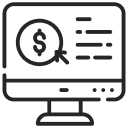 Finance Software Development
Finance Software Development Loan Management Software Development
Loan Management Software Development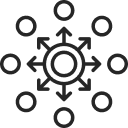 Decentralized Finance Development Services
Decentralized Finance Development Services eWallet App Development
eWallet App Development Payment App Development
Payment App Development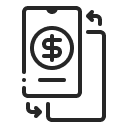 Money Transfer App Development
Money Transfer App Development Mortgage Software Development
Mortgage Software Development Insurance Fraud Detection Software Development
Insurance Fraud Detection Software Development Wealth Management Software Development
Wealth Management Software Development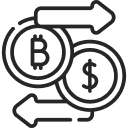 Cryptocurrency Exchange Platform Development
Cryptocurrency Exchange Platform Development Neobank App Development
Neobank App Development Stock Trading App Development
Stock Trading App Development AML software Development
AML software Development Web3 Wallet Development
Web3 Wallet Development Robo-Advisor App Development
Robo-Advisor App Development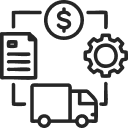 Supply Chain Management Software Development
Supply Chain Management Software Development Fleet Management Software Development
Fleet Management Software Development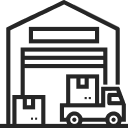 Warehouse Management Software Development
Warehouse Management Software Development LMS Development
LMS Development Education App Development
Education App Development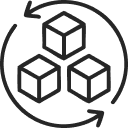 Inventory Management Software Development
Inventory Management Software Development Property Management Software Development
Property Management Software Development Real Estate CRM Software Development
Real Estate CRM Software Development Real Estate Document Management Software
Real Estate Document Management Software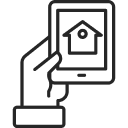 Construction App Development
Construction App Development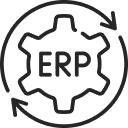 Construction ERP Software Development
Construction ERP Software Development






